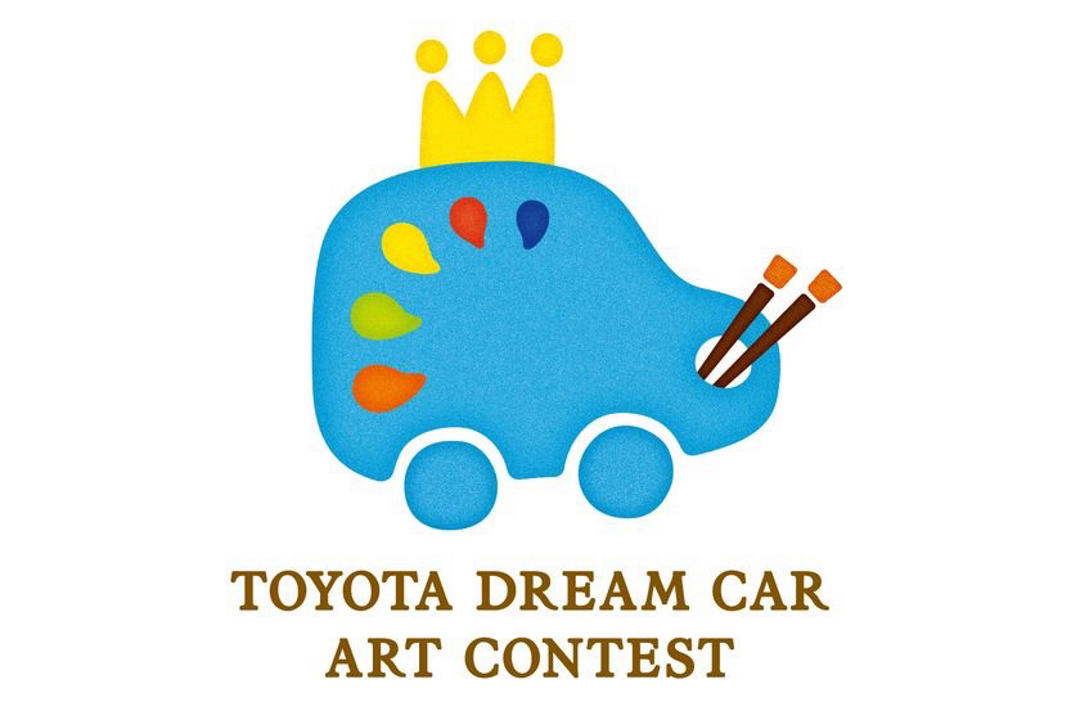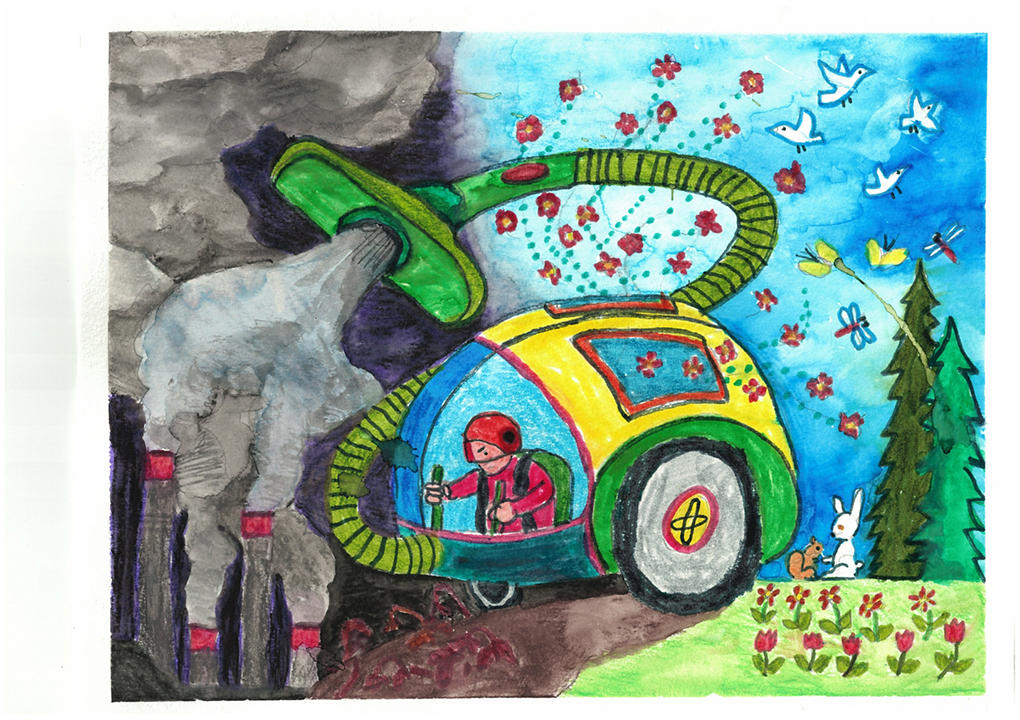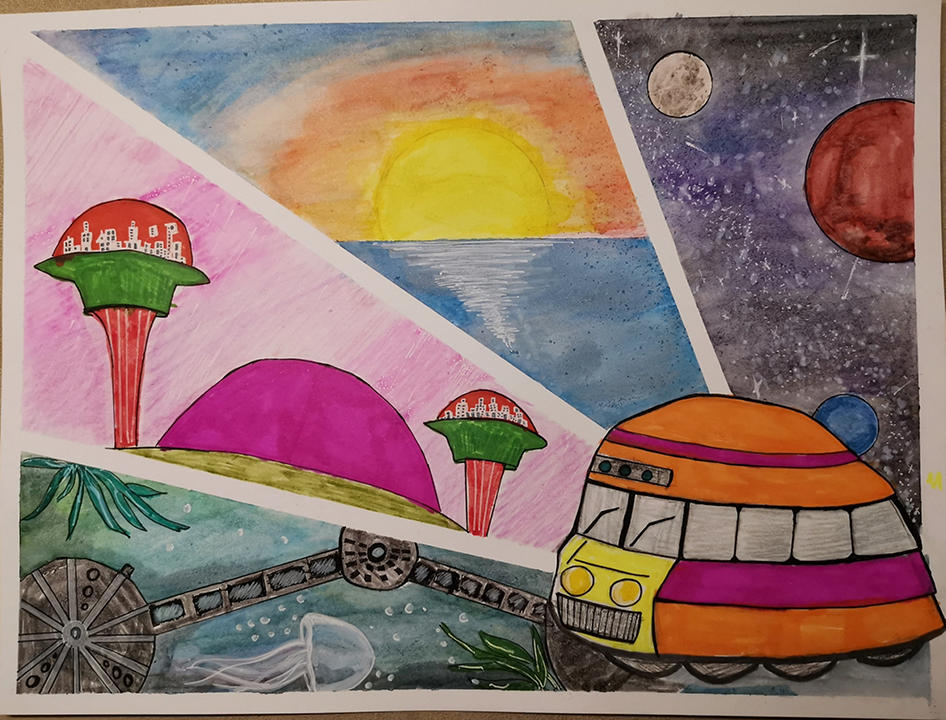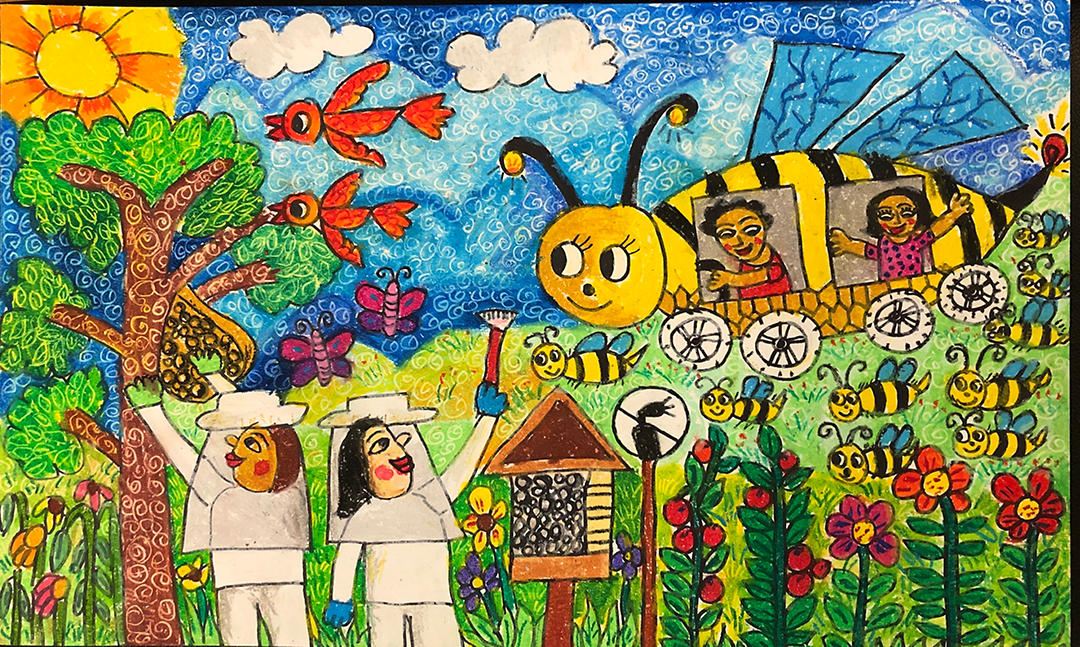LANGUAGES


Toronto, July 8, 2020 – Can the automobile of the future help solve some of the world’s most pressing health, social and environmental issues? Canadian kids certainly think so – and the winners of one national innovation and design competition shared some impressive ideas.
Max Lee, a seven-year-old from Calgary, wanted to make the world a cleaner and healthier place to live. He created a "vacuum car" designed to inhale air pollutants and viruses to help cleanse the atmosphere.

Inspired by the joy of exploration, five-year-old Vancouver resident Maya Maksymenko’s “Magic School Bus” takes children into space, dives underwater and whisks them away on field trips to better understand the world’s challenges.

Not to be outdone, eight-year-old Abraham Pramanik from East York, Ontario was inspired by nature and our planet’s food supply. Stressing the important role of pollination, he designed a “Bee Car” that builds beehives to ensure crops can continue to grow and people around the world will continue to have enough food.
“Young Canadians are the designers and engineers of the future – and they’re already impressing us with their creative approaches to solving our world’s health, social and environmental challenges,” said Larry Hutchinson, President and CEO of Toyota Canada and one of this year’s judges. “The vehicles of the future will be very different from the ones we know today. But, beyond that, their forms and functions are limited only by our imagination. That’s what the annual Toyota Dream Car Art Contest is all about – and while we present this challenge in terms of the automobile, many of those who enter the contest think well beyond transportation, exploring ways to improve their world. The winning entries are always inspiring.”
First held in Japan 2004, the Toyota Dream Car Art Contest quickly grew into an annual international event and it has been open to Canadian children since 2012. Larry Hutchinson was joined on this year’s judging panel by: auto journalist and children’s book author and publisher Petrina Gentile; children’s book illustrator Genevieve Godbout; journalist, broadcaster and blogger Buzz Bishop; and Brian Sheppard, EVP and executive creative director at Saatchi & Saatchi.
The contest welcomed entries from children up to 15 years of age. Each entry was created using traditional media – no digital artwork – and judged in three age categories.
The 2020 finalists are:
Under 8 Years Old
- Max Lee (age 7, Calgary, AB) Max’s entry is a "vacuum car" designed to clean air pollution and viruses out of the air.
- Maya Maksymenko (age 5, Vancouver, BC) Maya’s “Magic School Bus” will be able to take kids into space, dive underwater and take them on field trips to better understand the world.
- Juan Miguel Gallermo (age 7, Scarborough, ON) Juan Miguel’s “Earth Saver” is 100% solar powered, recycles paper and has a built-in brush that sweeps the street.
8 to 11 Years Old
- Thomas Qiu (age 11, Vancouver, BC) Thomas’ “Safari Rescue Unit” saves animals from wildfires by driving through the forest, finding animals that have been trapped by the fire, self-loading them, and then hovering out of the fire to let them escape.
- Raphaël Beaulieu (age 11, Quebec, QC) Raphaël’s “Urbi et orbi” brings to life the concept “all together, moving forward”.
- Abraham Pramanik (age 8, East York, ON) Abraham’s “Bee Car” builds beehives to ensure bees can continue to pollinate, so crops can continue to grow and people around the world will continue to have enough food.
12 to 15 Years Old
- Lucy Qian (age 12, Vancouver, BC) Lucy’s entry – “The Elephant” - is a car in the shape of an elephant, traveling through jungles and forests, allowing sick or injured animals to board to be treated. The elephant is a symbol of peace, so animals would not be afraid.
- Jaelie Young (age 13, Calgary, AB) Jaelie’s “Moon Planter” is a moon buggy that’s able to plant and prepare the surface of the moon for the growth of trees. It’s powered by solar panels and will help humans start new life on the moon’s rocky surface.
- Isabella Pan (age 14, Richmond Hill, ON) Isabella’s octopus-shaped “Tentacles of Hope” vehicle dives into the ocean to transport children across the sea. The tentacles act as wheels and the suckers grasp the sea floor and suck up pollution in the ocean.
###
Every effort has been made to ensure the product specifications, equipment, and content on this site are accurate based on information available at time of publishing. In some cases, certain changes in standard equipment or options may occur, which may not be reflected online. Toyota Canada reserves the rights to make these changes without notice or obligation.